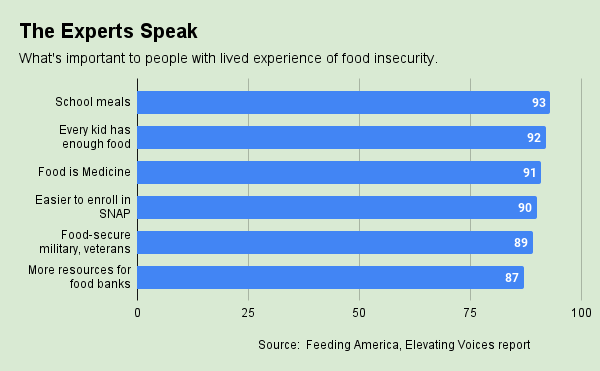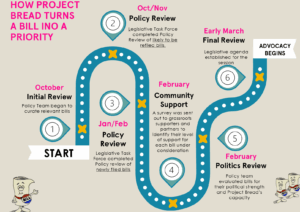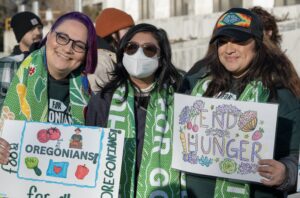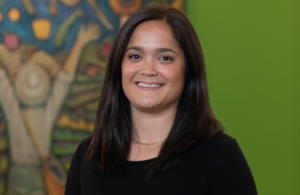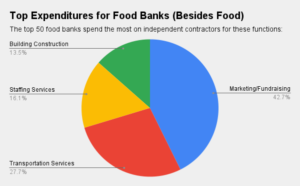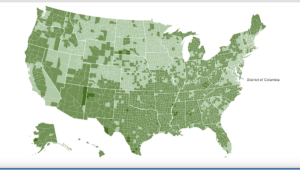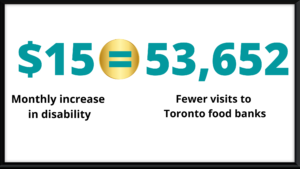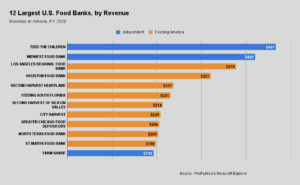Feeding children, making SNAP easier to access, and promoting food as medicine all bubbled up as high priorities for nearly 1,500 adults with lived experience of food insecurity who responded to a Feeding America survey, released earlier this month.
At least 90% or more of respondents to the national survey highlighted those three priorities as important to them. A majority also had positive things to say about food banks, with 87% having a favorable view of food banks and an equal amount agreeing on the importance of directing more resources to food banks so they can serve more people.

Feeding America’s report came less than a week after the USDA released numbers showing that the level of food insecurity in the U.S. in 2023 spiked to 47 million, up from 44 million a year earlier and the highest level since 2014. In an interview last week, Linda Nageotte, President and Chief Operating Officer of Feeding America, said the USDA’s finding “strengthens the resolve” of the network to double down on policy efforts to promote food security.
Central among those efforts is passage of a Farm Bill that adds funding for food security and reduces barriers to food access. “The Farm Bill is one of our top strategies,” Nageotte noted.
Through its advocacy and other work, Feeding America is well-positioned to address the concerns highlighted in its Elevating Voices report. In response to the 93% of surveyed people who said school meals are important, Feeding America said it is supporting state-level efforts to advance universal school meals.
In response to the 90% who said enrolling in food assistance should be easier, Nageotte noted that 85% of food banks in the Feeding America network already have programs to assist in SNAP sign-ups. In places where direct SNAP assistance is lacking, Feeding America is supporting targeted online marketing so people who search for SNAP assistance can get ads and results directing them to places where they can easily sign up.
And in response to the 91% of people who agree that “food is medicine,” Nageotte said Feeding America is working on developing a national program that would make it easier for food banks to partner up with healthcare organizations. A task force is currently assessing two different models that would position food banks to become front-line resources in the Food is Medicine landscape.
Under the plan, food banks would fulfill prescriptions for healthy food, close the loop on communication back to insurers, and ultimately receive payments for providing those services. “We’re assessing the kinds of technological capacities that would need to be true to make these programs work,” Nageotte said.
She noted that Feeding America has a track record of applying its resources toward building national frameworks. Starting in the early 2000s, for example, it created relationships with national grocers to develop food-donation policies, eventually making retail grocery the largest channel of donated food in its system.
Feeding America is “leaning into” the same methodology when it comes to Food is Medicine, Nageotte said, but added that the timeline is long. “This is a multi-year effort. We’ve more than started, but we have a lot of road to travel.” – Chris Costanzo
Like what you’re reading?
Support Food Bank News
